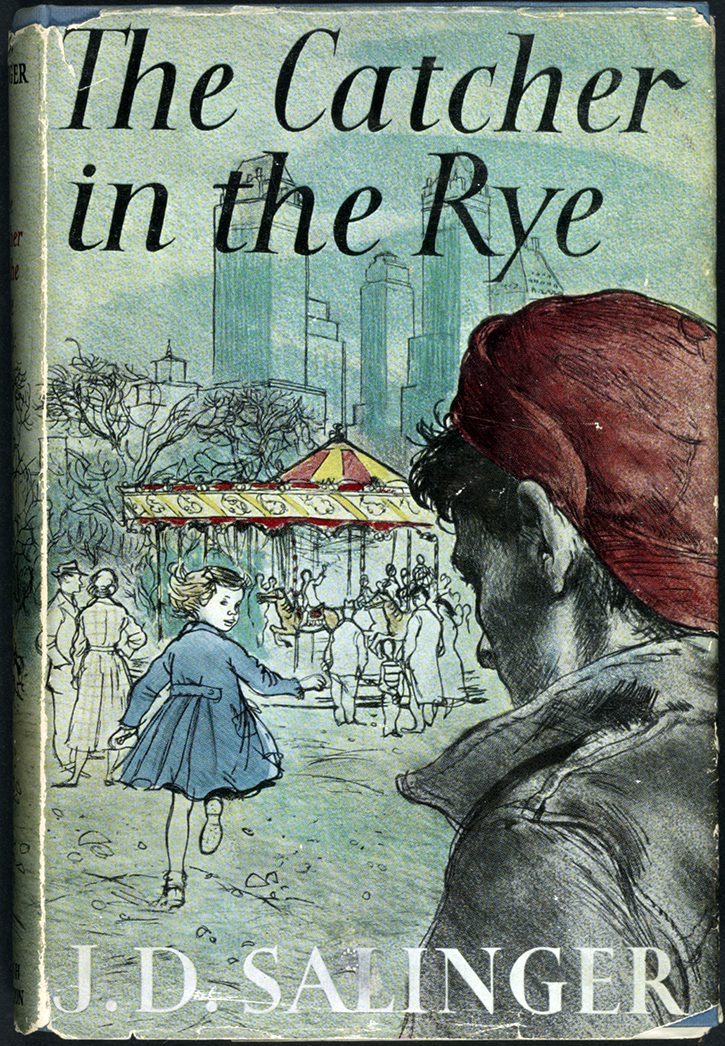The article compares the rebellious protagonist, Holden Caulfield, from J.D. Salinger’s novel The Catcher in the Rye with conformity. The article discusses how Holden’s rebellious nature clashes with conformity and societal norms, and how this rejection of conformity leads to negative consequences. The need to belong and fit in with society is also explored, as well as the positive and negative aspects of conformity. The article concludes by suggesting the importance of striking a balance between conformity and individuality for personal growth and fulfillment.
Introduction
The Catcher in the Rye is a coming-of-age novel written by J.D. Salinger. The novel has been revered and criticized for its portrayal of the rebellious protagonist, Holden Caulfield. In this article, we will compare Holden Caulfield with conformity.
Holden Caulfield
Holden Caulfield is the protagonist of the novel. He is a teenager who has just been expelled from his prep school. Throughout the novel, Holden is shown to be a rebel, who does not conform to the norms of society.
Rebellious Nature
Holden Caulfield is portrayed as a rebel who does not conform to the norms of society. He is shown to be independent, individualistic, and critical of the world around him. Holden is someone who does not fit the mold and does not want to fit the mold.
Misconception of Conformity
Holden Caulfield’s rebellious nature often leads him to perceive conformity as a negative aspect of society. He sees conformists as phony and insincere, who are only interested in fitting in with the rest of society, rather than being true to themselves.
Conformity
Conformity is a societal norm that encourages individuals to behave in a certain way. It is the pressure to conform to the ideals and expectations of a particular society or group.
Need to Belong
Humans are social creatures, and the need to belong to a group is innate. The fear of rejection and being ostracized from a group often leads individuals to conform to the norms of that group.
Societal Norms and Expectations
Society has a set of norms and expectations that individuals are expected to follow. These norms and expectations vary from culture to culture and from group to group. The pressure to conform to these norms and expectations is often strong, and failure to do so can result in negative consequences.
Comparison
Holden Caulfield’s rebellious nature and anti-conformist outlook clash with the societal norms and expectations that encourage conformity. Holden’s rejection of conformity leads him to be ostracized from his friends and peers, and eventually, himself. In contrast, those who conform to societal norms and expectations are often seen as successful and respected members of society.
Positive Conformity
While Holden’s rebellion against conformity may be seen as admirable, there are positive aspects to conformity as well. Conformity can lead to a sense of belonging and acceptance, which can be crucial for personal growth and development. Conformity can also promote social order and stability.
Negative Conformity
However, conformity can also lead to negative consequences. In some cases, conformity can lead to the suppression of individuality, creativity, and critical thinking. The pressure to conform can also lead to stress and anxiety.
Conclusion
The Catcher in the Rye’s rebellious protagonist, Holden Caulfield, is an example of someone who rejects conformity and societal norms. While his rebellion against conformity may be seen as admirable, there are positive aspects to conformity as well. It is essential to strike a balance between conformity and individuality to lead a fulfilling life.
